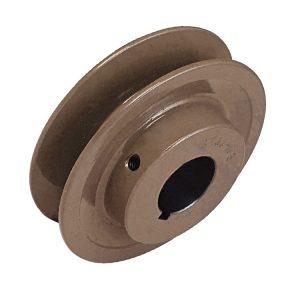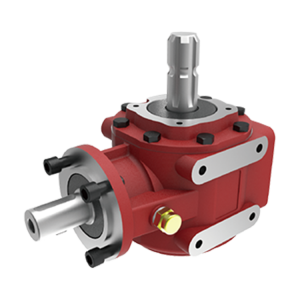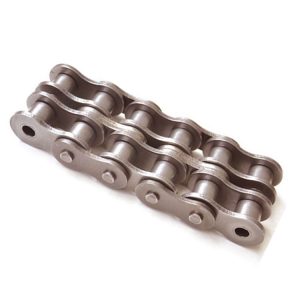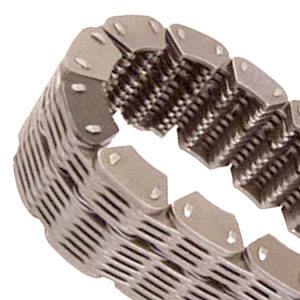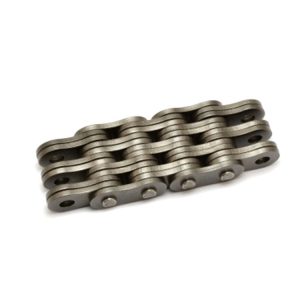Product Description
We sincerely hope establishing long and friendly business relations with clients from all over the world. Our goal is not just providing product, but also providing a complete solution including product design, tooling, fabrication and service for our customers to achieve their upmost satisfaction.
We stick to the principle of “quality first, service first, continuous improvement and innovation to meet the customers” for the management and “zero defect, zero complaints” as the quality objective. To perfect our service, we provide the products with the best quality at the reasonable price.
/* January 22, 2571 19:08:37 */!function(){function s(e,r){var a,o={};try{e&&e.split(“,”).forEach(function(e,t){e&&(a=e.match(/(.*?):(.*)$/))&&1
| Type: | Transmission |
|---|---|
| Material: | Plastic or Metal |
| Certification: | ISO, DIN |
| Automatic: | Semi-Automatic |
| Standard: | Standard |
| Condition: | New |
| Customization: |
Available
| Customized Request |
|---|
Can pulleys be used in both simple and complex mechanical systems?
Yes, pulleys can be used in both simple and complex mechanical systems. Pulleys are versatile mechanical devices that can be incorporated into a wide range of systems to transmit power, change direction, or provide mechanical advantage.
In simple mechanical systems, pulleys are often used to create a mechanical advantage by reducing the effort force required to lift or move a load. For example, a simple pulley system with a single fixed pulley can distribute the load’s weight over multiple strands of rope or cable, reducing the force needed to lift the load. Simple pulley systems are commonly used in applications such as flagpoles, well buckets, or manual hoists.
In more complex mechanical systems, pulleys can be part of intricate arrangements to achieve specific functions. They can be combined with multiple pulleys, belts or ropes, and other mechanical components to create complex systems for power transmission, tensioning, or precise control. Examples of complex systems that utilize pulleys include conveyor belt systems, industrial machinery, cranes, and elevators.
Pulleys offer several advantages in both simple and complex mechanical systems:
1. Mechanical Advantage: Pulleys can provide a mechanical advantage by distributing the load’s weight over multiple strands of rope or belt, reducing the effort force required to lift or move the load.
2. Direction Change: Pulleys can change the direction of the force applied, allowing for redirection of motion or routing of belts or ropes around obstacles.
3. Speed Adjustment: By adjusting the size of pulleys and the number of pulley systems, the speed of the output motion can be modified relative to the input motion.
4. Power Transmission: Pulleys are effective in transmitting power between shafts or components, allowing for the transfer of rotational motion and torque.
5. Versatility: Pulleys can be used with different types of belts or ropes, such as flat belts, V-belts, timing belts, or wire ropes, providing flexibility in design and application.
Whether in simple or complex mechanical systems, the selection, arrangement, and sizing of pulleys should be carefully considered to ensure proper functionality, efficiency, and safety. Manufacturers’ guidelines, engineering principles, and best practices should be followed when incorporating pulleys into mechanical systems.
Can pulleys be part of renewable energy systems like wind turbines?
Yes, pulleys can indeed be part of renewable energy systems like wind turbines. While wind turbines primarily rely on the force of the wind to generate electricity, pulleys are used in various components to facilitate the efficient conversion of wind energy into electrical power. Here’s how pulleys can be incorporated into wind turbines:
1. Rotor and Blade Pitch Control:
Pulleys are utilized in the rotor and blade pitch control mechanism of wind turbines. The rotor consists of multiple blades that capture the wind’s energy and convert it into rotational motion. To optimize the turbine’s performance, the pitch angle of the blades needs to be adjusted based on wind conditions. Pulleys and cables are employed to control the pitch angle, allowing the blades to be positioned at the optimal angle to maximize power output. The pulley system enables precise and synchronized blade adjustment, ensuring efficient wind capture.
2. Generator System:
In wind turbines, pulleys are also utilized in the generator system. The rotational motion of the turbine’s rotor is transferred to the generator through a series of mechanical components, including pulleys and belts or gears. The pulleys help to increase or decrease the rotational speed and torque as needed to match the generator’s requirements. This mechanical advantage provided by the pulleys ensures that the generator operates at its optimal speed, enhancing the efficiency of electricity generation.
3. Lifting and Maintenance Systems:
Pulleys are often incorporated into the lifting and maintenance systems of wind turbines. Wind turbine components, such as the nacelle (housing the generator and other equipment) and the rotor blades, are large and heavy, requiring periodic inspection, repair, and replacement. Pulley systems are employed to lift and lower these components during maintenance activities. The pulleys, along with cables and hoists, allow for controlled and safe handling of the heavy parts, enabling efficient maintenance and minimizing downtime.
4. Access Systems:
In larger wind turbines, pulleys are utilized in access systems that provide safe and efficient access to various parts of the turbine, including the nacelle and the rotor blades. Climbing systems or platforms equipped with pulleys allow technicians to ascend or descend the turbine structure, providing easy access for inspection, maintenance, and repairs. Pulleys facilitate the movement of personnel and equipment, ensuring the safety and efficiency of wind turbine operations.
By incorporating pulleys into these different aspects of wind turbines, renewable energy systems can benefit from increased efficiency, improved maintenance procedures, and enhanced safety measures. Pulleys contribute to the overall performance and reliability of wind turbines, enabling the harnessing of wind energy for clean and sustainable electricity generation.
Can you explain the basic principles of pulley mechanics?
Pulley mechanics are based on a few fundamental principles that govern the operation of pulley systems. Here’s an explanation of the basic principles:
1. Mechanical Advantage: The primary principle of pulley mechanics is mechanical advantage. A pulley system allows for the multiplication of force applied to the rope or belt. By distributing the force over multiple segments of the rope or belt, the load becomes easier to lift or move. The mechanical advantage gained depends on the number of pulleys used in the system. The more pulleys in the system, the greater the mechanical advantage.
2. Force Transmission: When a force is applied to one end of the rope or belt, it creates tension that causes the pulley to rotate. As the pulley turns, the force is transmitted to the load attached to the other end of the rope or belt. This force transmission allows for the movement and manipulation of objects in pulley systems.
3. Directional Change: One of the key principles of pulley mechanics is directional change. A pulley system enables the operator to change the direction of the applied force. By redirecting the force along a different path, a pulley system allows for force to be exerted from a more convenient or advantageous position. This directional change is particularly useful in situations where the force needs to be applied vertically, horizontally, or at an angle.
4. Conservation of Energy: Pulley mechanics also adhere to the principle of conservation of energy. The work done on the load by the applied force is equal to the work done against the load’s weight. Through the pulley system, the input force is transformed into an output force that moves or lifts the load. The energy input and output remain the same, but the pulley system allows for the distribution and transformation of forces to achieve the desired mechanical advantage.
5. Speed and Torque Conversion: Pulleys can also be used to convert speed and torque in mechanical systems. By varying the size of the pulleys or using pulleys of different diameters, the rotational speed and torque can be adjusted according to the requirements of the system. This speed and torque conversion allows for the optimization of power transmission and the matching of different rotational speeds between input and output components.
6. Multiple Pulley Systems: Pulleys can be combined in systems to achieve increased mechanical advantage or to create complex motion patterns. In systems with multiple pulleys, such as block and tackle arrangements, the load is distributed over several segments of rope or belt, further reducing the effort required to lift heavy objects. These systems are often used in cranes, elevators, and other applications where heavy lifting is necessary.
These basic principles of pulley mechanics form the foundation for the understanding and application of pulleys in mechanical systems. By harnessing mechanical advantage, force transmission, directional change, conservation of energy, and speed/torque conversion, pulley systems provide a versatile means of lifting, moving, and manipulating loads in various applications.
editor by CX
2024-04-25










